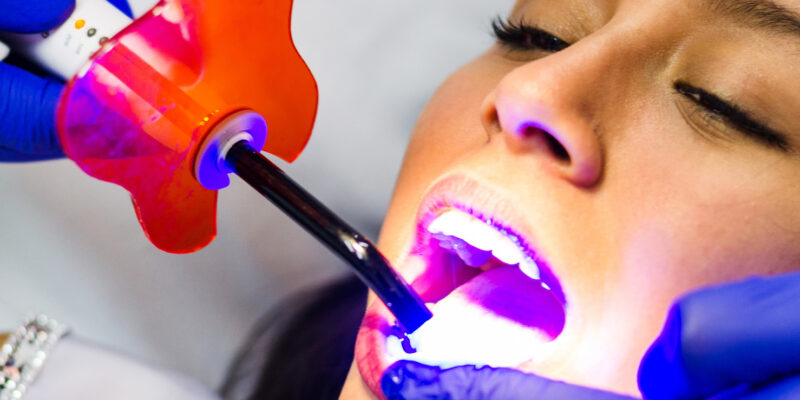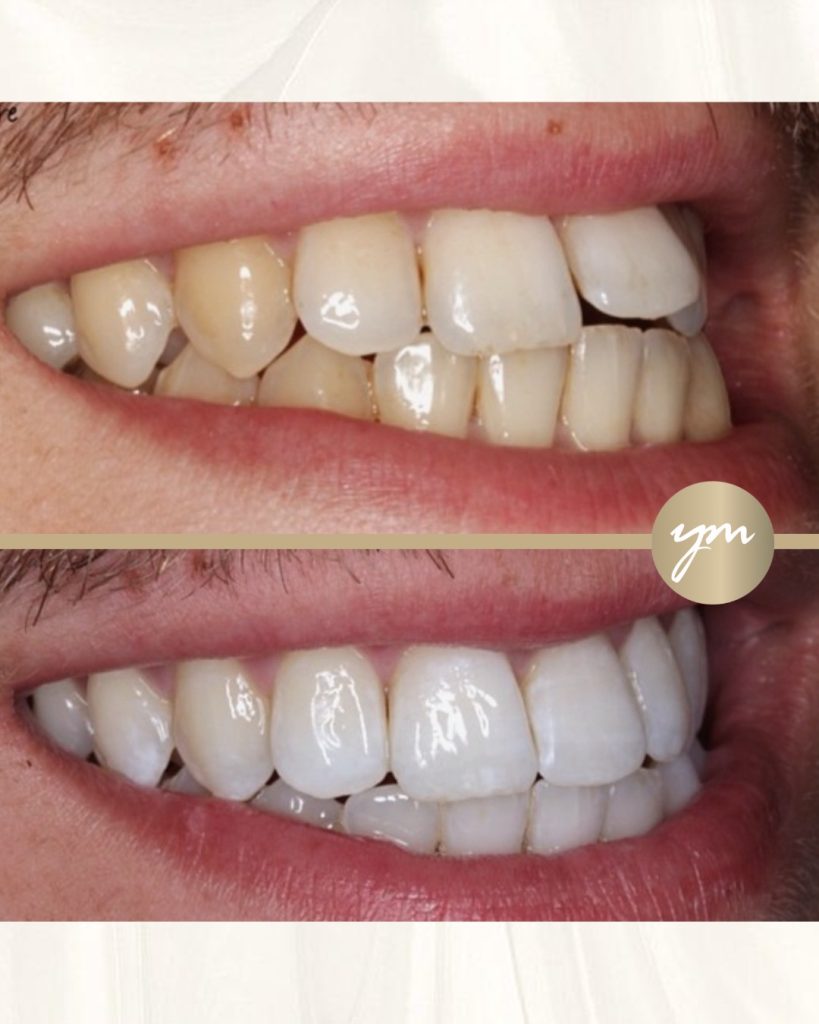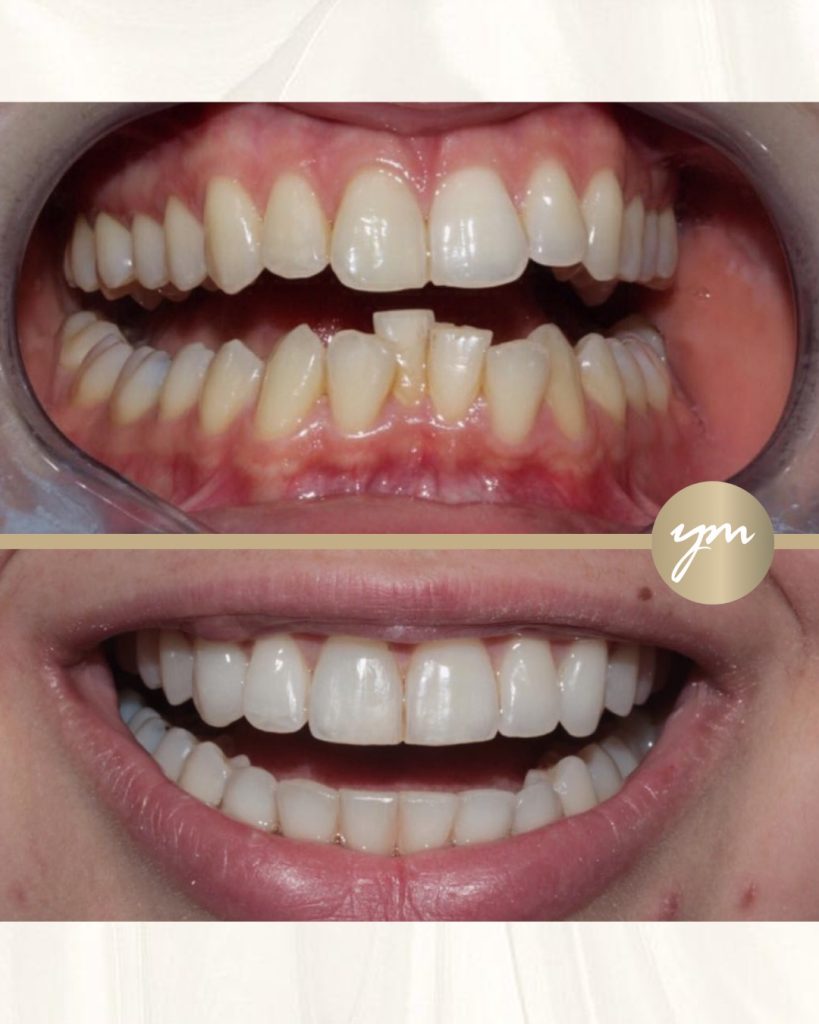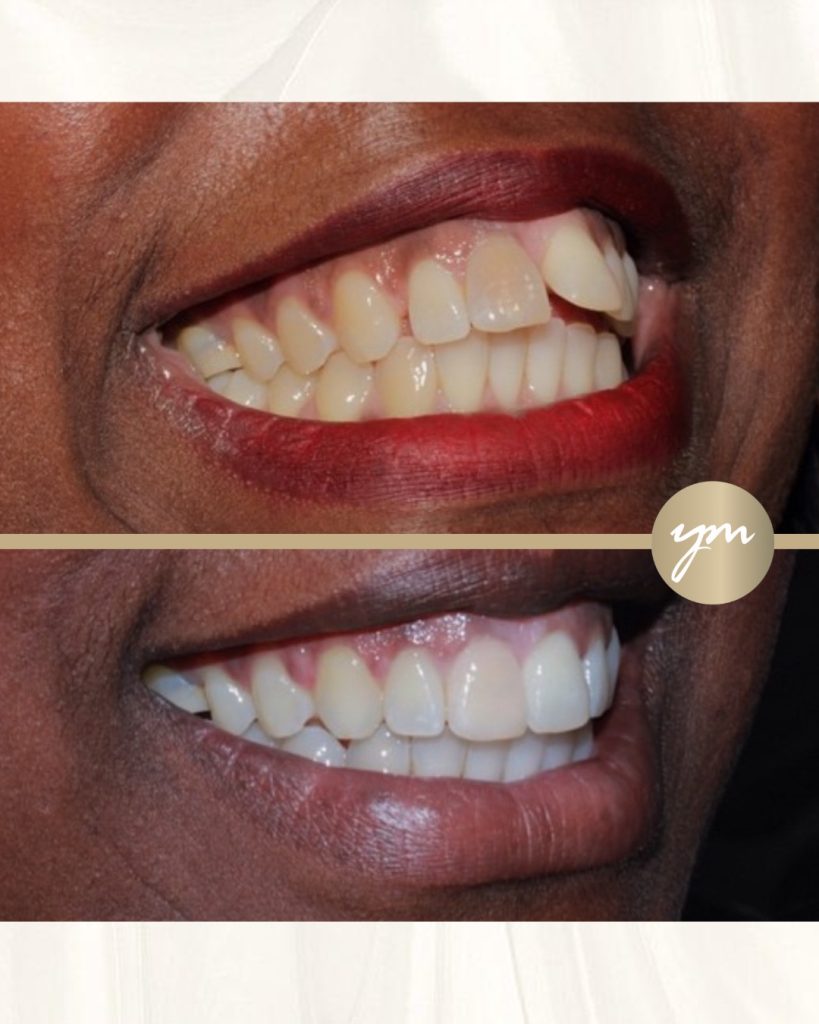Composite Bonding: Enhancing Smiles through Modern Dentistry
Posted on 14th July 2023 by Dr Yusra Al-Mukhtar

In the realm of modern dentistry, composite bonding has emerged as a remarkable solution for restoring and enhancing smiles. This revolutionary technique offers numerous benefits, allowing dentists to address a wide range of aesthetic concerns efficiently and effectively. In this blog post, we will explore what composite bonding is, delve into its benefits, and discuss the process involved in this innovative dental procedure.
What is Composite Bonding?
Composite bonding, also known as dental bonding or tooth bonding, is a cosmetic dental procedure that involves the application of a tooth-coloured resin material to the teeth. This resin, a composite made of plastic and glass particles, is carefully sculpted and bonded to the teeth, effectively concealing imperfections and transforming smiles.
Benefits of Composite Bonding
Enhanced Aesthetics: Composite bonding offers an exceptional solution for improving the appearance of teeth. It can effectively repair chipped, cracked, or stained teeth, and even close small gaps between teeth. The composite resin material is colour-matched to the natural shade of the teeth, resulting in a seamless, natural-looking smile.
Minimally Invasive: Compared to other dental procedures, composite bonding is relatively non-invasive. It requires minimal tooth preparation, preserving the natural tooth structure. In most cases, composite bonding can be completed without the need for anaesthesia, making it a comfortable and efficient treatment option.
Quick and Convenient: The composite bonding process is typically completed in a single dental visit, eliminating the need for multiple appointments. The dentist prepares the tooth surface, applies the composite resin, sculpts it into the desired shape, and finally cures it with a specialized light. This allows patients to achieve their desired smile transformation without a significant time commitment.
Versatile Applications: Composite bonding is a versatile dental procedure that can address various aesthetic concerns. It can be used to repair tooth decay, change the shape or length of teeth, and even modify the appearance of misaligned teeth, reducing the need for more extensive orthodontic treatments.


The Process of Composite Bonding
Step 1: Evaluation and Treatment Planning During the initial consultation, the dentist will assess the patient’s oral health and discuss their desired outcome. The dentist will examine the teeth, identify any underlying issues, and determine if composite bonding is the most suitable solution. Once a treatment plan is established, the dentist will discuss the process and address any concerns the patient may have.
Step 2: Tooth Preparation The dentist will begin by preparing the tooth surface for bonding. This involves lightly etching or roughening the enamel, creating a suitable surface for the composite resin to adhere to. Local anaesthesia is typically unnecessary unless the bonding is being performed to repair a decayed tooth.
Step 3: Composite Resin Application The dentist will carefully select a composite resin shade that matches the patient’s natural teeth. The resin material is then applied to the tooth in layers. Each layer is shaped and moulded to achieve the desired result. The dentist will ensure that the resin is perfectly contoured and blended with the natural teeth, creating a seamless appearance.
Step 4: Bonding and Curing Once the composite resin has been applied and shaped, the dentist will use a specialized light to cure or harden the material. This light activates the chemical components within the resin, causing it to bond securely to the tooth. The dentist will take extra care to ensure the resin is properly cured, resulting in a durable and long-lasting restoration.
Step 5: Final Touches and Polishing After the bonding material has hardened, the dentist will make any necessary adjustments to the shape and bite alignment. Once the desired outcome is achieved, the dentist will polish the tooth to blend it seamlessly with the surrounding teeth, providing a natural and aesthetically pleasing result.
Composite bonding is a highly effective and versatile cosmetic dental procedure that can significantly enhance smiles. Through its seamless application and ability to address a range of aesthetic concerns, composite bonding has become a go-to solution for patients seeking smile transformations. With its minimal invasiveness, quick procedure time, and long-lasting results, it’s no wonder that composite bonding has gained popularity in the field of modern dentistry. Whether it’s repairing a chipped tooth, closing gaps, or restoring discoloured teeth, composite bonding offers a reliable and aesthetically pleasing solution, ensuring patients can confidently showcase their beautiful smiles.



